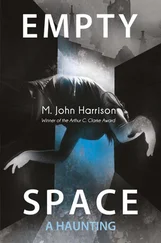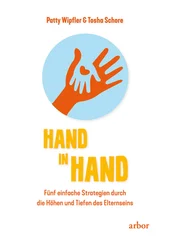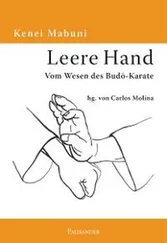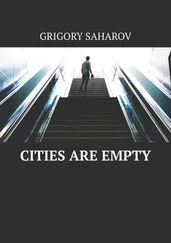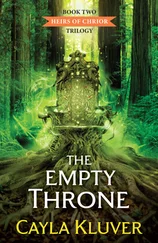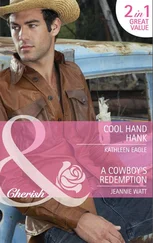There is also the opinion that the term “hand” (te) for all Ryūkyū techniques corresponds to the general term for fighting techniques used in Japan, the “18 arts of fighting” (bugei jū happan)28 because similar to the samurai on mainland Japan, the Ryūkyū bushi29 also practiced different special fighting techniques.
The original Okinawan karate developed in particular during two periods of prohibition of weapon use. After Lord Oho (Shō) Hashi (1372-1439) had unified the country, King Oho (Shō) Shin (1465-1526) had the local gentry disarmed and he forced them to settle in the castle town of Shuri. Furthermore he created a central government and introduced a legal system.
In 1609, almost one and a half centuries after the first prohibition of weapons the Shimazu clan conquered the Ryūkyū islands. These samurai came from southern Kyūshū, from the province of Satsuma. Again the possession of any weapons was forbidden on pain of death for the islanders. Under these circumstances, the development of fighting techniques had to focus on unarmed fighting. So, under the influence of Chinese kempō the Ryūkyū kempō was developed, the archetype of present-day karate.
If the possession of weapons had also been forbidden on mainland Japan, methods of unarmed fighting similar to karate would probably have been developed there, too. If on the other hand the possession of weapons had been allowed to the people of the Ryūkyūs, techniques assisting sword fighting similar to the Japanese jūjutsu might have been developed. So a unique and pure method of unarmed fighting emerged on Okinawa about which in 1934 my father wrote the following sentences in the prologue to his book Introduction into Attack and Defense Techniques in Karate Kempō «30.
In the southwest of Japan there is a chain of islands stretching in the open sea (Jpn. oki) like a rope (Jpn. nawa). So the name of the islands of Okinawa means “rope in the open sea”. Since ancient times these islands have been famous as a strongly armed country without weapons. Because its only weapons are the karate fighting techniques.
Karate – the Fundament of Martial Arts
My father used to say: “Karate is the legitimate heir of the bujutsu martial arts.”31 I think that karate is in fact the basis of all budō fighting techniques. There are two reasons for this statement. First, fighting with nothing but the empty hands is the most elementary way of fighting. Furthermore it is justified to say that any weapons, from staff, sword, bow and arrow or gun up to present-day missiles, could be regarded as extensions of the hand.
If one does not have any weapons one has no choice but to fight with empty hands. If a samurai was called to fight against an unarmed opponent, he would lay down his weapons without any hesitation. The tournaments in the Heian and Kamakura periods always started with archery and were followed by spear and sword fighting. When the fights became too violent the opponents got the order: “Attention! Depart!” They had to lay down their weapons and to continue fighting with empty hands.
If forced to fight with empty hands, everything within reach can be used as an assisting fighting tool. That is the logical and historical starting point for the development of the various techniques of armed fighting. Jūjutsu is a technical system to support fighting with a sword or other weapons, whereas karate integrates weapons to support fighting with empty hands. On the Ryūkyū Islands, for centuries several agricultural and other tools have been used to support karate fighting such as staffs (bō), tridents (sai), sticks with a side-handle (tonfa) or segmented staffs (nunchaku).32
There is a second reason for considering karate as the fundament of all budō fighting techniques: There are no forbidden techniques because the aim is to injure the opponent deadly and this aim must be reached unarmed, with empty hands. That is why the whole body is extremely well prepared for fighting. During the prohibition of arms under the Satsuma rule, the old knowledge about how to fight for life and death without weapons was transferred from generation to generation quite exactly, although not in a written form. Karate practice consisted mainly of kata practice which was done alone so that nobody could be hurt and therefore no kicks or thrusts or punches had to be forbidden. So karate became a worldwide unique art of fighting.
In 1938 my father wrote in this context the following:
If there are people who think that under the pretext of physical education kata and kumite should be changed into sports and separated from their bujutsu or martial arts essence just to fit into the modern times, they should be told that they are obviously not realizing that by doing so they are making the first step to commit a very serious mistake, that is they are contributing to the destruction of the original values of karate as bujutsu. Of course in the practice of kata and kumite the movements of the arms and the legs must be evaluated in detail. But this must be done from a martial arts point of view. Rational-physiologically based preparing and supporting exercises to improve the function of the limbs and the inner organs can be integrated in the practice of karate. But no one should think that the martial content of kata and kumite practice could be improved by changing both into sports or enjoyment.
In a certain way my father thus predicted the present form of karate and warned us of this development. The transformation of karate into competitive sports is one of the main topics of this book, too. But before coming to this point, I would like to say something more about the history of karate.
1.2 The Emergence of Karate on Okinawa
The Old Okinawa-te
On Okinawa, three different styles of karate developed in three localities – Shuri, Naha and Tomari.33 The term karate was introduced in the years 1911-1912 when the “Okinawa Boxing” or the “Okinawa Hand” became a compulsory subject at Japanese middle schools.
At first karate was written combining the character for “Tang China” with that for “hand”. The people of Okinawa called their native martial art only “hand” (te), and the Chinese kempō was called tō-de i.e. “Tang Chinese hand”. The three local styles were called Shuri style, Naha style and Tomari style, or Shuri-te, Naha-te and Tomari-te, respectively. The oldest one was the Shuri-te. This is an original Okinawan system of hand-fighting techniques which took an independent development nourished by Chinese kempō. There was a saying among the Okinawa karate masters: “The only true hand (te) is the Shuri-te.”34 The youngest style is the Naha-te in which the Chinese kempō is preserved most obviously. The Tomari-te is somewhere in between, geographically as well as technically.
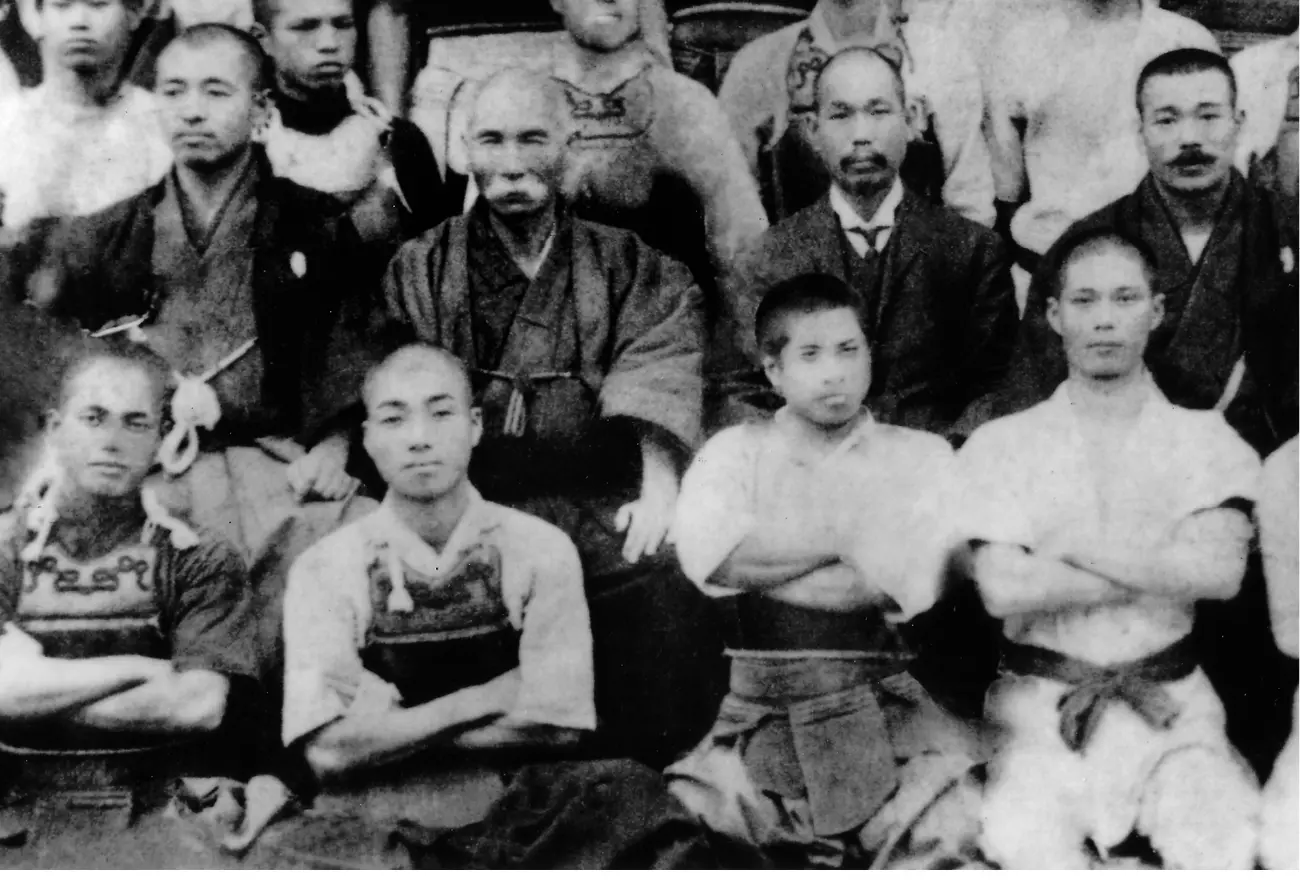 Photo 1: Itosu Ankō (1831-1915), second from left in the second row (with white moustache). This photo was discovered only in 2006 in the archives of Kinjo Hiroshi (born in 1919, 9th dan, president of the International Ryūkyū Karatejutsu Research Society). It is the first known photograph showing Master Itosu. It was taken in 1909 or 1910 when Itosu Ankō had started to teach at the middle school of the Okinawan prefecture in Shuri. The picture also shows the director of the school, some teachers and kendō and jūdō students.
Photo 1: Itosu Ankō (1831-1915), second from left in the second row (with white moustache). This photo was discovered only in 2006 in the archives of Kinjo Hiroshi (born in 1919, 9th dan, president of the International Ryūkyū Karatejutsu Research Society). It is the first known photograph showing Master Itosu. It was taken in 1909 or 1910 when Itosu Ankō had started to teach at the middle school of the Okinawan prefecture in Shuri. The picture also shows the director of the school, some teachers and kendō and jūdō students.
Thanks to the recommendation of an acquaintance of the family my father was allowed to join the dōjō of the great master of the Shuri-te Itosu Ankō when he was 13 years old. Many of the famous karate personalities who contributed to the creation of modern karate came from the school of Master Itosu. He was said to have hit the makiwara (rice straw that is bound together in bundles and attached to a wooden post or board) every day several hundred times according to a schedule he had fixed in the morning in order to harden his fists which in the end looked like black stones. A lot of stories were told about the very muscular body of Master Itosu. His upper arm, when being hit with a thick wooden pole did not even quiver when the pole bounced. He could smash a big bamboo cane in his hand or move hand over hand along a ceiling beam across the room without any effort.
Читать дальше
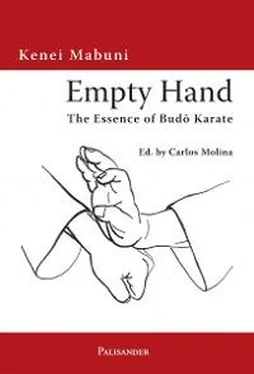
 Photo 1: Itosu Ankō (1831-1915), second from left in the second row (with white moustache). This photo was discovered only in 2006 in the archives of Kinjo Hiroshi (born in 1919, 9th dan, president of the International Ryūkyū Karatejutsu Research Society). It is the first known photograph showing Master Itosu. It was taken in 1909 or 1910 when Itosu Ankō had started to teach at the middle school of the Okinawan prefecture in Shuri. The picture also shows the director of the school, some teachers and kendō and jūdō students.
Photo 1: Itosu Ankō (1831-1915), second from left in the second row (with white moustache). This photo was discovered only in 2006 in the archives of Kinjo Hiroshi (born in 1919, 9th dan, president of the International Ryūkyū Karatejutsu Research Society). It is the first known photograph showing Master Itosu. It was taken in 1909 or 1910 when Itosu Ankō had started to teach at the middle school of the Okinawan prefecture in Shuri. The picture also shows the director of the school, some teachers and kendō and jūdō students.
